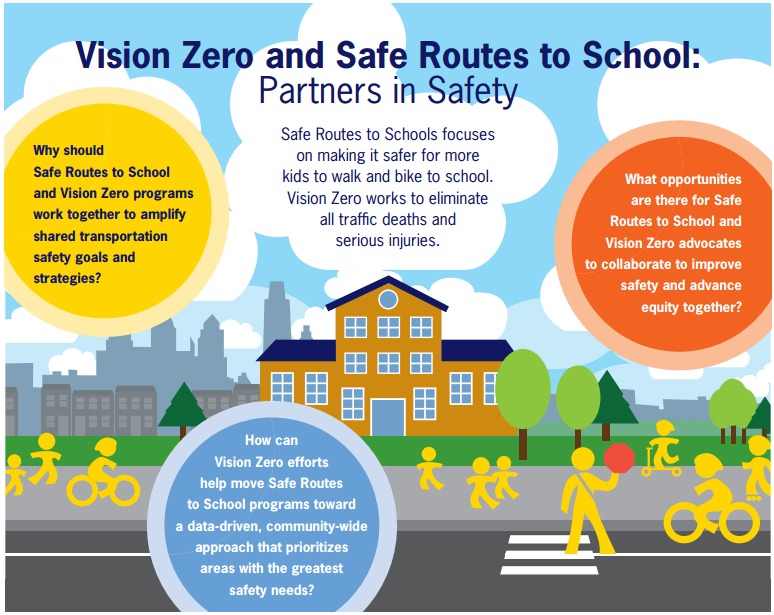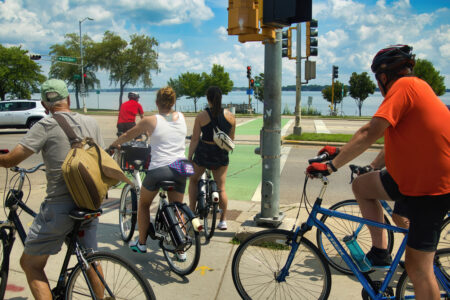
Share On Social!
Although walking has numerous mental and physical benefits-and is fun-many people avoid walking if the streets aren’t safe, which limits their mobility and access to basic necessities like schools, work, grocery stores, parks, healthcare, and other cultural and historical community resources.
When it comes to safe streets, the U.S. lags far behind other countries.
Given the inequity in access to safe streets and the disparities in fatalities and injuries among minorities, the issue of safe streets extends far beyond transportation planning and requires collaboration with public health and social justice researchers and practitioners.
“We won’t save the number of lives we aim to without shifting our understanding of traffic violence from an individual behavior problem to a design, policy, and organizational practices problem,” says the Vision Zero Network.
Vision Zero is an innovative road safety policy to make streets safer and eliminate traffic fatalities, and they just announced their new partnership with Safe Routes to School. Safe Routes to School programs across the nation are changing the habits of an entire generation of school children while improving the health and environment of numerous communities. For example, beyond safe routes to school, the Safe Routes to School National Partnership also helps individuals and communities start a walking school bus; address safe routes to healthy food; open school grounds to the public through shared use agreements; and protect kids from street harassment.
Working together, Vision Zero and Safe Routes to School advocates can leverage data-driven approaches to improve safety, advance equity, and focus investments in areas with the greatest needs first. The Vision Zero and Safe Routes to School: Partners in Safety report includes:
- A Matter of Scale: Why Safe Routes to School Can Be Amplified by Vision Zero
- Strength in Addressing Equity Together
- How to Get Involved in Vision Zero
- Advancing Safe Routes to School through Vision Zero
It is never to late to make the case for safe streets.
Reach out to walking, biking, transportation, health, and equity advocates to ask how you can get involved.
Tell your mayor or city/council how important safe streets are and ask them to pursue a Vision Zero commitment.
By The Numbers
27
percent
of Latinos rely on public transit (compared to 14% of whites).



